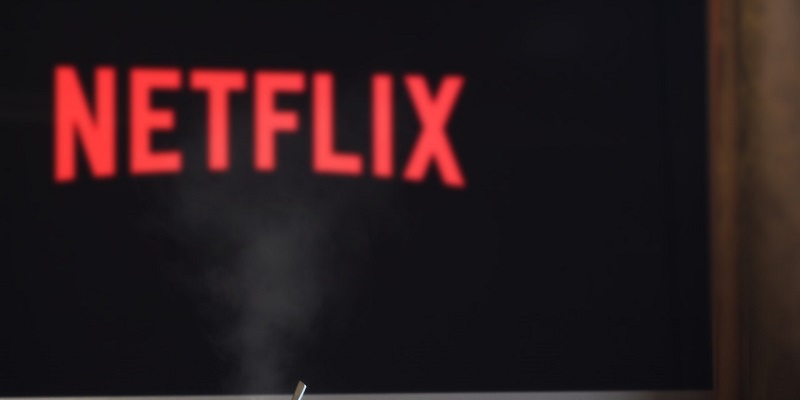Once the king of streaming, Netflix is now facing fierce competition from both new and well-established players such as Amazon Prime Video, Disney+, and HBO Max. Along with this increased competition, the streaming giant is experiencing revenue challenges. Therefore, Netflix has introduced a cheaper subscription plan including ads. This article discusses the rise of ad-supported CTV, compares the advertising revenue generated by different CTV platforms, provides details of Netflix’s new ad-supported plan, and highlights the potential of advertising with Netflix.
The significant reach of CTV in the US
Connected TV (CTV) refers to any TV set connected to the internet, including smart TVs, gaming consoles, and streaming devices like Roku and Amazon Fire TV. According to a report by eMarketer, the US has over 230 million CTV users, comprising almost 68% of the population. eMarketer also predicts that in 2022, US CTV ad spending will surpass linear TV ad spending and by the end of 2024, it will reach 50.0%, highlighting the growing importance of CTV advertising.
Comparison of CTV Platform Advertising Revenue
Hulu brought in about $3 billion in advertising revenue in 2021, while platforms like Pluto and Tubi brought in only $1 billion. Despite new competitors in the market, Netflix remains a dominant force, with its subscriber base continuing to grow. Netflix’s new ad-supported plan, therefore, presents a significant opportunity for advertisers looking to reach an extensive and engaged audience.
Details of Netflix’s ‘Basic with Ads’ Plan
The ‘Basic with Ads’ plan costs $6.99 per month and includes up to 5 minutes of ads per hour, but it does not have the download option. The ads appear every 20 minutes, with each ad lasting around 30 seconds. Netflix has stated that the ads are skippable and the platform will make sure they don’t overlap with important moments in the content. Netflix aims to strike a balance between offering low-cost plans and ensuring viewers experience the same level of content discovery.
Statistics on the Uptake of ‘Basic with Ads’
In the first month after introducing ‘Basic with Ads,’ about 9% of new US subscribers opted for it. Experts believe that the figures indicate a positive response, considering that it’s early days for Netflix to fully develop their ad business. The figures suggest that many consumers want a cheaper subscription deal and are prepared to accept ads in exchange.
Netflix plans to enhance its targeting options using machine learning algorithms to help advertisers reach relevant audiences effectively. The streaming giant also plans to work with Integral Ad Science and DoubleVerify to verify traffic and ad impressions and ensure that brand safety guidelines are met. Additionally, Netflix is collaborating with Nielsen on the Digital Ad Ratings product, which provides cross-platform audience measurement, offering advertisers a more comprehensive overview of their campaign’s effectiveness.
Major Brands Advertising on Netflix
Despite being new to the ads game, a growing number of brands are already advertising on Netflix, such as Louis Vuitton, Beats by Dre, Subway, and Google. The beauty of advertising on Netflix is that advertising campaigns can be tailored to individual viewers and seamlessly integrated into their content, which complements Netflix’s core business.
In conclusion, although advertising on Netflix may be a new concept, the platform’s popularity and potential are beyond doubt. With over 230 million CTV users in the US, CTV advertising has become a critical marketing strategy for brands. Netflix’s new ad-supported ‘Basic with Ads’ plan offers a cheaper streaming service for consumers and an opportunity for advertisers to reach a broader audience and communicate their message more effectively. Therefore, advertisers looking to build brand awareness and generate measurable results should consider advertising on Netflix.

